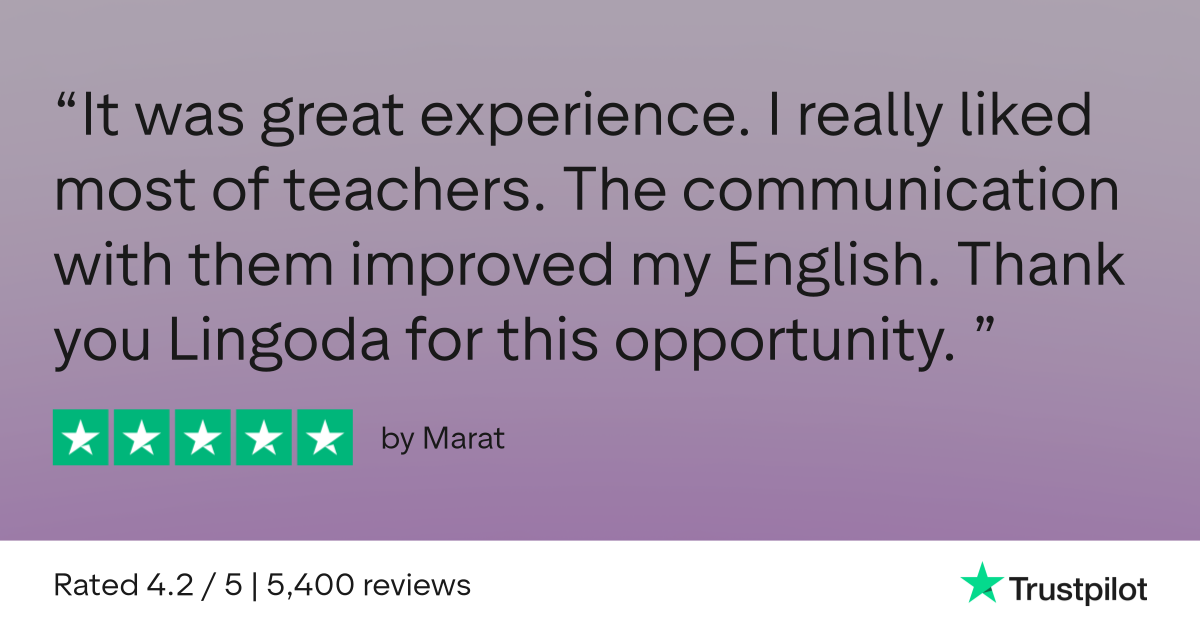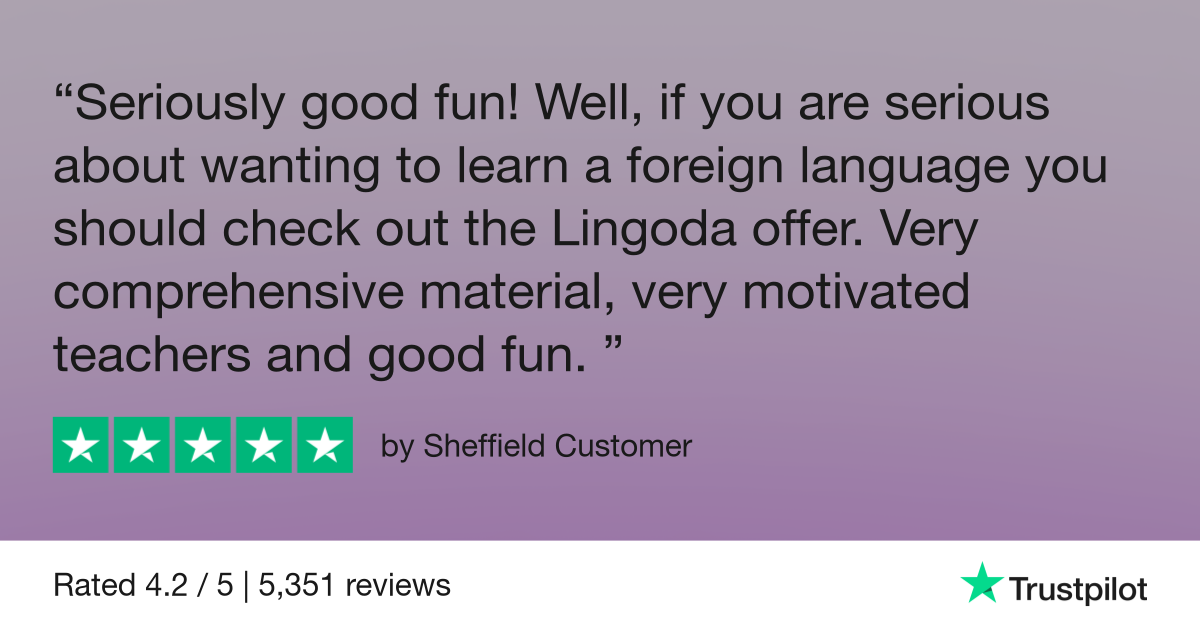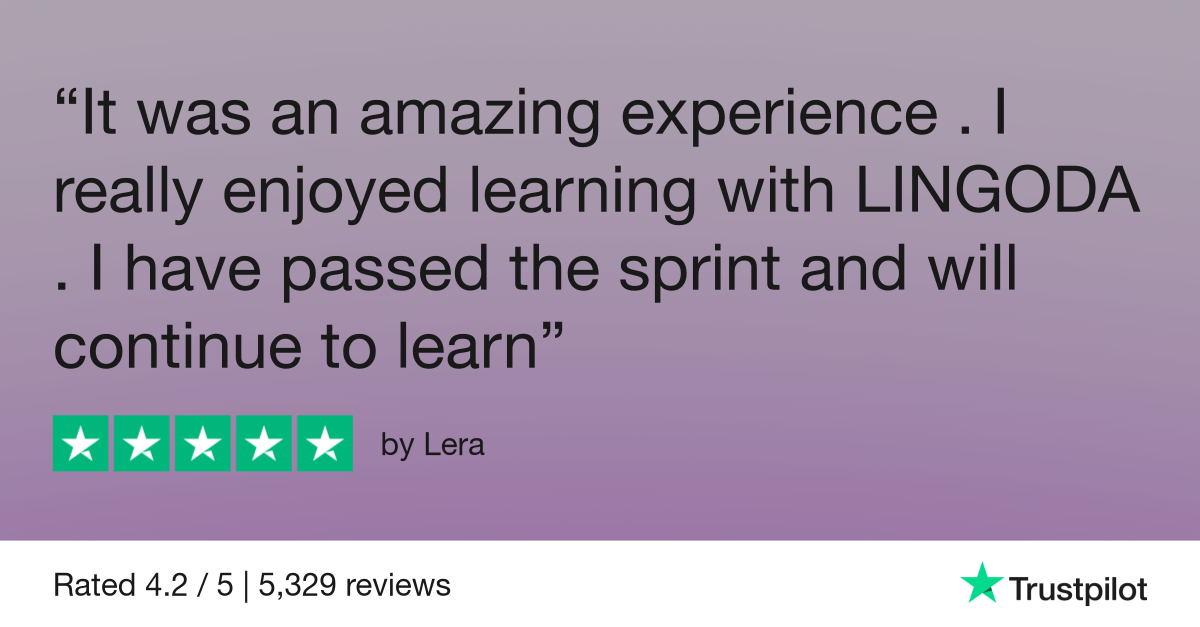Mastering prepositions of movement in English

Prepositions of movement, like into, across, and through, help us describe how someone or something moves from one place to another. Whether you're jumping onto a couch, running through a tunnel, or walking past a shop, choosing the right preposition is crucial. And if you’ve ever been unsure whether to say into or in, or mixed up over and above, you’re in the right place.
In this article, we’ll explain what prepositions of movement are, how they differ from prepositions of place, and how to avoid common mistakes. The best way to learn English is with example sentences, so we’ve included lots of those to really help you memorize which preposition of movement to use. Ready to take your English to the next level? Let’s move!
- What are prepositions of movement?
- Core prepositions of movement (with examples)
- Prepositions of movement vs. place: Know the difference
- Reference table: Prepositions and verb examples
- FAQs
What are prepositions of movement?
Prepositions of movement describe how someone or something moves from one place to another. These prepositions tend to show direction, explaining where a person or thing is going or where they started from. They’re often followed by a noun. The usual structure is verb + preposition + noun. For example, “She ran into the room.” Run is the verb, into is the preposition, and the room is the noun.
Run is a common verb used with prepositions of movement. Others include go, walk, drive, and jump. For instance, you can say “They walked across the street,” or “He jumped over the fence.” As you can see, the prepositions give important information about the direction of the action.
But prepositions of movement can be tricky for people learning English. Have you ever wondered what the difference is between in and into or between along and past? Well, let’s find out.
Core prepositions of movement (with examples)
These are the most common prepositions of movement in English. Each one describes a type of motion or direction.
General direction or destination
These prepositions indicate the direction toward a point or the destination of the movement.
to – I drive to work every day.
from – She came home from the library with a pile of books.
toward – He ran toward the river.
into – She walked into the kitchen.
onto – He jumped onto the bed.
out of – They ran out of the building.
off – The cat jumped off the table.
Vertical movement (up or down)
These show movement upward or downward.
up – They climbed up the hill to see the view.
down – She skated down the ramp.
over – The bird flew over the house.
under – The dog crawled under the fence.
Passing through or beyond
These express movement through, across, or past a space.
through – She walked through the tunnel.
across – They swam across the river.
past – She ran past the store.
Movement along a path or surface
These indicate following a route, looping, or skirting an edge.
around – We wandered around the pond.
along – He walked along the road.
Now, let’s look at a couple of tricky prepositions that often trip learners up. In casual speech, native English speakers often use in instead of into and on instead of onto, especially with verbs like put and fall.
- Can you put the pizza in the freezer?
- My cake fell on the floor.
Now, what’s the difference between along and past? Along means moving in a line with or following the edge of something. You’re moving next to it, often for a longer distance.
- Jenny cycled along the river for a few miles.
Past means moving beyond a specific point or place. You go in front of it and continue on.
- Jenny cycled past the bakery without stopping.
If you want to know more about commonly confused prepositions of movement or how these prepositions are used in casual speech versus more formal situations, learning from a native-speaking teacher like those at Lingoda is key. In small-group classes, you’ll have time to ask questions, get personalized feedback, and practice using these prepositions in authentic conversations.

Learn English with Lingoda
How it works

Prepositions of movement vs. place: Know the difference
Understanding the difference between prepositions of movement and prepositions of place is essential for speaking and writing clearly in English. The key difference lies in motion versus position. As we’ve seen, prepositions of movement describe motion or direction, showing action. For example: “The cat jumped into the box” shows that the cat moved from outside the box to inside. In contrast, prepositions of place describe where something is located, and they’re static. “The cat is in the box” tells us where the cat is now, but not how it got there.
When trying to decide which preposition to use, think about whether the verb in the sentence expresses movement (jump, tiptoe, stagger, bounce) or whether it shows that something is in one place (sit, sleep, hang, perch).
- He tiptoed into the room to check on the baby. ← movement
- The baby was sleeping peacefully in her crib. ← place
One of the most common learner mistakes is using the verb be followed directly by a preposition of movement:
- I am into the house. ❌
- I walked into the house. ✅
- I am in the house. ✅
In some cases, prepositions of movement and place are the same, and the difference lies in the verb. One example is under.
- Movement: We walked under the bridge and into the meadow.
- Place: We slept under the stars in the meadow.
Reference table: Prepositions and verb examples
| Preposition | Meaning | Example Sentence |
| Across | From one side to the other | They swam across the lake. |
| Along | Following the edge or path of something | He walked along the beach at sunset. |
| Around | In a circular direction or loop | She ran around the park twice. |
| From | Starting point of movement | He came from the train station. |
| Into | Movement inside | He walked into the room. |
| Onto | Movement to a surface | She jumped onto the table. |
| Over | Movement above and across | The bird flew over the house. |
| Past | Movement beyond or in front of something | She ran past the store. |
| Through | In one side, out the other | We drove through the tunnel. |
| To | Destination of movement | He goes to the gym every morning. |
| Toward | In the direction of | She walked toward the music. |
What are prepositions of movement?
Prepositions of movement describe the direction of movement of a person or thing from one place to another. For example, you drive through a tunnel, over a mountain pass, and into a parking garage.
What is the difference between the preposition of direction and the preposition of movement?
Prepositions of direction and movement fall into the same category. However, it’s important to understand the difference between direction and destination.
- Direction: She drove towards New York. (She drove in the direction of New York, but we don’t know if she arrived there or if that was her final destination.)
- Destination: She drove to New York. (New York was her destination, and she arrived there.)
Start using prepositions of movement confidently
Prepositions of movement help you describe direction and motion clearly, whether you're walking into a room, running along a path, or jumping over a puddle. Understanding how and when to use these prepositions is key to building accuracy and avoiding confusing sentences.
The best way to master them is via practice! Read widely and soak in how the prepositions are used, and try to use them in your everyday conversations. The more exposure you have, the more intuitive using prepositions of movement will become.
If you’d like more structured support, Lingoda offers live online classes with native-level teachers who specialize in how to learn English grammar like this. Lingoda’s classes are a great way to get feedback, ask questions, and build your confidence with real-life examples.

Learn English with Lingoda
How it works


















